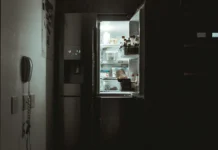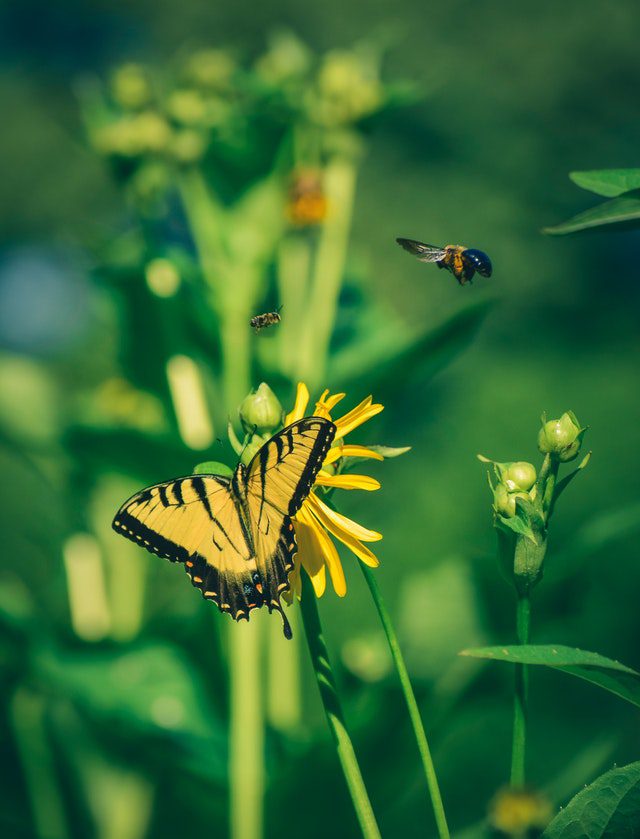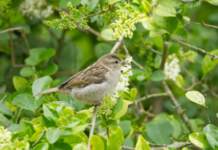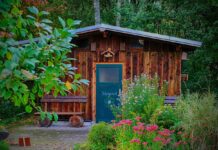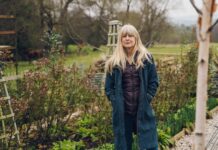- Experts at GTSE have revealed six DIY tips on creating a nature-friendly garden ready for spring
As spring looms, the sound of birdsong, buds on trees and blooming spring flowers are almost here. In fact, as Google searches for ‘gardening supplies’ rose by 140% over the past 90 days, Brits are clearly looking to get their gardens ready for the warmer months. ¹
To help out, GTSE have revealed six expert tips to create a nature-friendly garden ready for spring. From growing long-grass, to becoming an architect for birds – there are plenty of options for homeowners to do their bit for wildlife.
The Importance of having a nature friendly garden
With an estimated 24 million gardens in the UK, the surface area covers a larger area than all British nature reserves combined². As human-caused destruction has eliminated many natural wildlife habitats, making small changes to your garden can create an eco-system which allows wildlife to flourish.
So, how do you create turn your garden into a habitat teeming with singing songbirds, colorful butterflies, flitting hummingbirds, and other small creatures? Below are six simple tips on how to create the ultimate wildlife garden.
1. Let your grass grow and your trees climb
Sometimes the biggest contributions are the smallest. If you have the means, simply letting your grass grow long, will create a habitat for many different plant and insect species, including butterflies and wildflowers. Lawn mowing once a month gives ‘short-grass’ plants like daisies and white closer a chance to flower in profusion, boosting nectar production tenfold – all while cutting down your chores!
Don’t be tempted to cut down trees in your garden, as they offer space for wildlife such as birds and squirrels to nest. Their branches can also provide year-round cover for insects!
2. Plant wildlife friendly flowers and trees
Planting flowers in your garden is not only aesthetically pleasing but supplies nectar rich food to birds, bees, and other creatures. With data from the ACR 20313 suggesting that four in 10 of the country’s 1 million insect species are at risk of dying out, planting a variety of plants can have dire consequences for the animals that feed on them.
Native wildflowers are important because they’ve evolved with our insects, which makes them compatible with one another and encourages native biodiversity. Therefore, choose plants which are native to yourself and your area.
3. Use wildlife friendly pest control
Sometimes using pest control and pesticides is unavoidable when maintaining your garden. However, to avoid upsetting the natural eco-system it is important to choose wildlife-friendly pest control and avoid using pellets that contain harmful chemicals to so stop slugs and snails eating new plants.
There are alternative ways to controlling them such as creating barriers or companion planting. For example, planting close together with species that attract predatory insects or disguise vulnerable plants, or using copper piping to deter slugs.
4. Provide a home for wildlife, and get crafty!
If you’re feeling crafty this spring, building your own bird house or bug-hotel is a fun project – as well as being great for wildlife. Both birds and insects are an important part of your garden’s ecosystem – so creating a home and feeding the wildlife allows them to thrive!
All you need are materials that can be easily collected from either your local hardware store, or waste-materials. For a bug-hotel you can use an empty wooden box filled with plant materials, where as a birdhouse can be built using just an old plastic bottle and some wooden sticks. However, you can also pick up the finished articles from your local garden center.
5. Reduce food-waste and compost
Not only is composting a sustainable way of handling food-waste, it can also provide a habitat for a range of minibeasts. A community of minibeasts from worms to woodlice help the decaying process, as well as provide a food-source for hedgehogs and other animals.
Your main ingredients for a successful compost heap are waste, air and water! A simple heap covered with old carpet or plastic is just as effective as a ‘bin’. Waste can encompass everything from grass-cuttings, to eggshells, to newspapers – just make sure to keep the pile moist.
6. Create a pond
Wildlife can make use of many types of ponds and water features, from a simple drinking source to a thriving habitat for multiple species, complete with its own ecosystem.
However, a pond doesn’t have to be a big garden project – all you need is a bucket in the ground or a small dish to collect rainwater. You can even add waterlilies to prevent the rainwater from becoming stagnant.
Further tips on creating a wild-life friendly garden can be found here: https://gtse.co.uk/blog/how-to-make-a-nature-friendly-garden
Commenting on the tips, Tom Armenante, Ecommerce Director from GTSE says, “As the British nights get lighter and the trees begin to blossom, much wildlife will begin to come out of hibernation. By making small DIY jobs on your garden, you can really make a difference to helping habitats flourish.
“We hope these budget-friendly tips will inspire people to get green-fingered and really help foster the UK’s beautiful native wildlife!”
Help keep news FREE for our readers
Supporting your local community newspaper/online news outlet is crucial now more than ever. If you believe in independent journalism, then consider making a valuable contribution by making a one-time or monthly donation. We operate in rural areas where providing unbiased news can be challenging. Read More About Supporting The West Wales Chronicle











